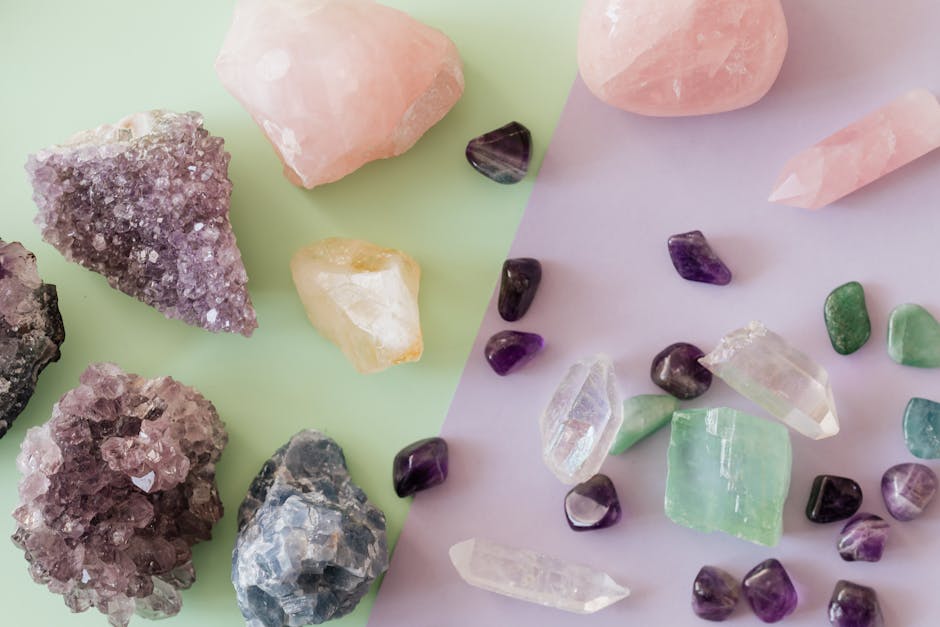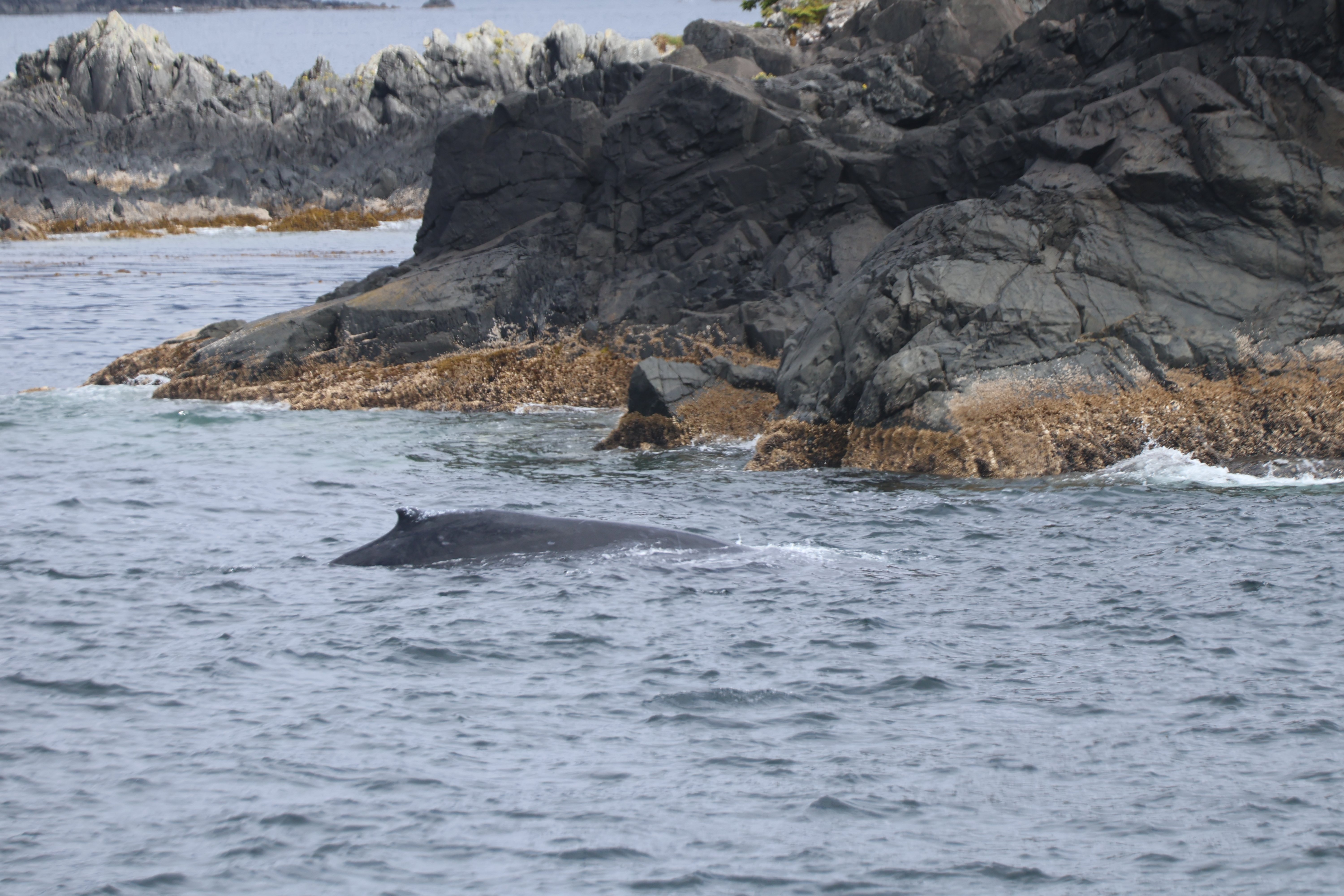Alaska—a land of rugged beauty, towering mountains, and endless adventure. While its famous landmarks like Denali, Glacier Bay, and the Inside Passage capture most visitors’ attention, Alaska is also home to countless hidden gems that often fly under the radar. As an experienced Alaska travel advisor, I’ve curated a list of seven lesser-known destinations that showcase the state’s unique charm and natural wonders. Whether you’re seeking solitude, culture, or adventure, these spots are guaranteed to enrich your journey.
1. Haines: The Adventure Town with a Small-Town Vibe
Tucked away in the southeast corner of Alaska, Haines offers breathtaking scenery and a rich cultural history without the crowds of more popular destinations. Surrounded by the Chilkat Mountains and Lynn Canal, it’s a haven for outdoor enthusiasts and wildlife lovers alike.
Highlights:
-
Bald Eagle Preserve: Visit during fall to witness the world’s largest congregation of bald eagles.
-
Chilkoot Lake: Perfect for kayaking, fishing, and spotting brown bears during salmon runs.
-
Local Art Scene: Explore galleries showcasing work from Native Alaskan and local artists.
Pro Tip: Rent a bike and take a leisurely ride along the Haines Highway for panoramic views and photo opportunities.
2. Katmai National Park: A Bear-Watcher’s Paradise
Most visitors head to Denali for wildlife, but Katmai National Park offers an unparalleled experience for those eager to see Alaska’s iconic brown bears up close. The park is remote and requires some effort to reach, but the journey is well worth it.
Highlights:
-
Brooks Falls: Famous for the sight of bears catching salmon mid-air.
-
Valley of Ten Thousand Smokes: A surreal volcanic landscape with dramatic fumaroles and ash-filled valleys.
-
Fly Fishing: World-class opportunities for trout and salmon fishing.
Pro Tip: Book a guided tour or lodge stay early, as visitor capacity is limited to preserve the environment and wildlife.
3. Wrangell: A Gateway to True Wilderness
Wrangell, located on Alaska’s Inside Passage, is one of the oldest towns in the state. Its off-the-beaten-path location means fewer tourists and more opportunities for authentic Alaskan experiences.
Highlights:
-
Anan Wildlife Observatory: A premier spot to watch black and brown bears fishing for salmon.
-
Stikine River: Explore the “fastest free-flowing river in North America” via jet boat or kayak.
-
Petroglyph Beach: Discover ancient rock carvings that offer a glimpse into Alaska’s past.
Pro Tip: Don’t miss a visit to Chief Shakes Island, where you’ll find a beautifully restored tribal house and insights into the Tlingit culture.
4. Gustavus: The Gateway to Glacier Bay
While Glacier Bay National Park itself is well-known, the small town of Gustavus remains a hidden gem. Nestled between towering peaks and lush forests, it’s a tranquil base for exploring the park and enjoying the Alaskan wilderness.
Highlights:
-
Whale Watching: The waters around Gustavus teem with humpback whales during summer months.
-
Glacier Bay Tours: Take a boat tour to see tidewater glaciers calving into the ocean.
-
Local Cuisine: Enjoy fresh, locally-sourced seafood at charming restaurants.
Pro Tip: Consider staying in a family-owned lodge or B&B to experience the warm hospitality of this tight-knit community.
5. Cordova: Alaska’s Best-Kept Secret
Accessible only by plane or ferry, Cordova is a hidden treasure for travelers seeking untouched landscapes and outdoor adventures. This small fishing town boasts some of Alaska’s most pristine natural beauty.
Highlights:
-
Childs Glacier: Get up close to a massive glacier and hear the thunderous cracks as icebergs calve.
-
Copper River Delta: A birder’s paradise with over 700,000 acres of wetlands and wildlife habitat.
-
Kayaking Adventures: Paddle through Orca Inlet for stunning views and possible wildlife encounters.
Pro Tip: Time your visit during the annual Copper River Salmon Runs to enjoy some of the freshest fish in the world.
6. Nome: Gold Rush History Meets Arctic Adventure
Located on the edge of the Bering Sea, Nome offers a fascinating mix of history, culture, and wild landscapes. Though often overlooked, it’s a fantastic destination for adventurous travelers.
Highlights:
-
Gold Panning: Try your hand at this classic Alaskan activity in the same streams that sparked the gold rush.
-
Sled Dog Races: Nome is the finish line for the iconic Iditarod Trail Sled Dog Race.
-
Arctic Wildlife: Spot musk oxen, reindeer, and even polar bears in their natural habitats.
Pro Tip: Rent a four-wheel-drive vehicle and explore the surrounding tundra on Nome’s three scenic roads.
7. Kodiak Island: Alaska’s Emerald Isle
Known for its lush landscapes and abundant wildlife, Kodiak Island is a must-visit for nature lovers and outdoor enthusiasts. While the island’s Kodiak bears are its most famous residents, there’s much more to explore.
Highlights:
-
Kodiak National Wildlife Refuge: A sanctuary for diverse wildlife, including the world’s largest brown bears.
-
Fishing Charters: Reel in halibut, salmon, and other prized catches.
-
Alutiiq Museum: Learn about the island’s Indigenous culture and history.
Pro Tip: Visit during the annual Crab Festival in May to enjoy local seafood and festive celebrations.
Final Thoughts
Alaska’s hidden gems offer a chance to experience the state’s unparalleled beauty and rich heritage away from the crowds. Whether you’re drawn to the wild landscapes of Kodiak Island, the cultural history of Wrangell, or the serene charm of Gustavus, there’s something for every traveler seeking a deeper connection with the Last Frontier. Ready to embark on an unforgettable Alaskan adventure? Let’s start planning your dream trip today!
(1).png?width=750&height=450&name=Ahna%20(2.5%20x%201.5%20in)(1).png)

